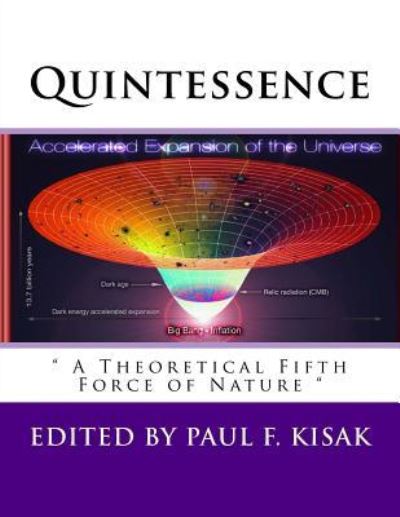
Faites connaître cet article à vos amis:
An Overview of Orbital Mechanics & Astrodynamics
Paul F Kisak
An Overview of Orbital Mechanics & Astrodynamics
Paul F Kisak
In this 'information age' satellites are playing an increasingly important role in everything from communication and navigation to the military and weather. The command and control of satellites is based on the work of Johannes Kepler (1571-1630) and the science that evolved from his fundamental theories. The physics involved in the command and control of satellites is usually categorized as orbital mechanics. Orbital mechanics is based on the desire to predict the path of a satellite in it's orbit around the earth. One of the first requirements is to develop a co-ordinate system that is easy to use and measure and defines the motion of body or satellite in its orbit. After this is accomplished the propagation of the orbital path needs to be calculated. There are numerous ways to do this. A seminal work in this procedure is "Fundamentals of Astrodynamics" by Bate, Mueller & White and "Methods of Orbit Determination" by Escobal. The next problem to address are the numerous perturbation effects. The most prominent of these effects are due to the fact that the earth is not a perfect sphere (it is oblate), the moons orbit produces a periodically disruptive effect on the orbiting body; atmospheric drag, solar radiation pressure and the precession of the earth about its axis also alter the theoretical orbit. Relativistic effects play a role in the station-keeping of the satellite as do all the above perturbations. The next step in the command and control of the satellite involves the dynamics of space flight and the mechanics of maneuvering a body in orbit by means of thrust vectors, calculating delta-v requirements. This book outlines the unclassified methods of calculating and controlling the orbits of satellites. This book is designed to be a reference and provide an overview of the topic and give the reader a structured knowledge to familiarize yourself with the topic at the most affordable price possible. The accuracy and knowledge is of an international viewpoint as the edited articles represent the inputs of many knowledgeable individuals and some of the most current knowledge on the topic, based on the date of publication.
| Médias | Livres Paperback Book (Livre avec couverture souple et dos collé) |
| Validé | 14 juillet 2016 |
| ISBN13 | 9781535295727 |
| Éditeurs | Createspace Independent Publishing Platf |
| Pages | 326 |
| Dimensions | 216 × 280 × 17 mm · 757 g |
| Langue et grammaire | English |

 Les cadeaux de Noël peuvent être échangés jusqu'au 31 janvier
Les cadeaux de Noël peuvent être échangés jusqu'au 31 janvier

































